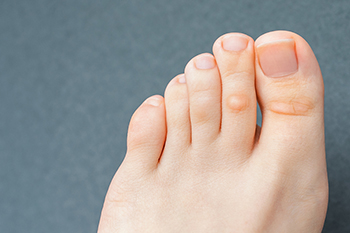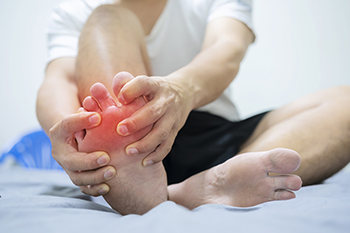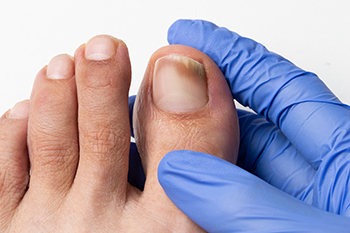
A foot corn is a thick, hardened area of skin on the foot that usually comes as a result of friction on the feet from shoes. They are the body’s way of protecting the skin underneath. There are a number of methods used to treat corns—from home products for softening the corn like castor oil or pumice stones to surgery. Ways to prevent corns include keeping feet clean, dry, and moisturized. Other methods include wearing comfortable, well-fitting shoes that do not pinch the foot, using corn pads to cover the corn while it is healing, and trimming toenails regularly so pressure that leads to corns does not develop. Usually corns are not serious, however there are times when they can become painful and in need of professional examination by a podiatrist. It is especially important for those with diabetes to consult with a podiatrist at their earliest convenience as they can suffer from numbness and neuropathy. This makes it hard for them to detect a developing infection of the foot.
If you have any concerns regarding your feet and ankles, contact Dean Kim, DPM of Greater Texas Foot & Ankle Specialist. Our doctor will treat your foot and ankle needs.
Corns: What Are They? and How Do You Get Rid of Them?
Corns can be described as areas of the skin that have thickened to the point of becoming painful or irritating. They are often layers and layers of the skin that have become dry and rough, and are normally smaller than calluses.
Ways to Prevent Corns
There are many ways to get rid of painful corns such as wearing:
- Well-fitting socks
- Comfortable shoes that are not tight around your foot
- Shoes that offer support
Treating Corns
Treatment of corns involves removing the dead skin that has built up in the specific area of the foot. Consult with Our doctor to determine the best treatment option for your case of corns.
If you have any questions please feel free to contact our office located in Frisco, TX . We offer the newest diagnostic and treatment technologies for all your foot and ankle needs.





